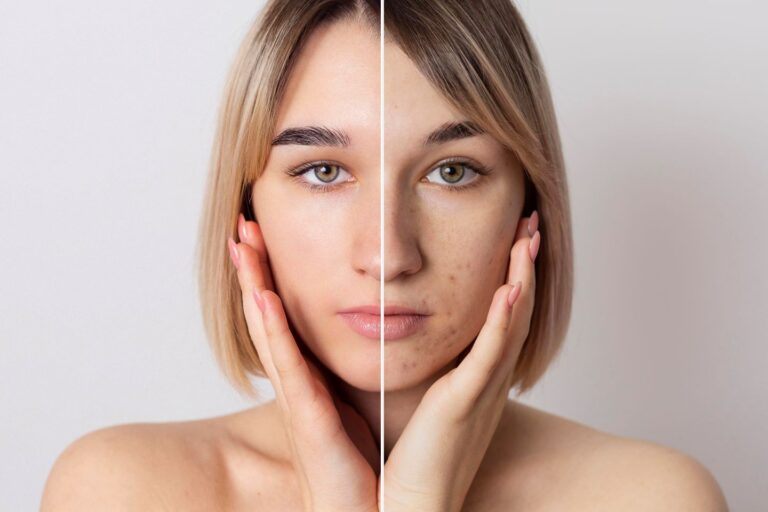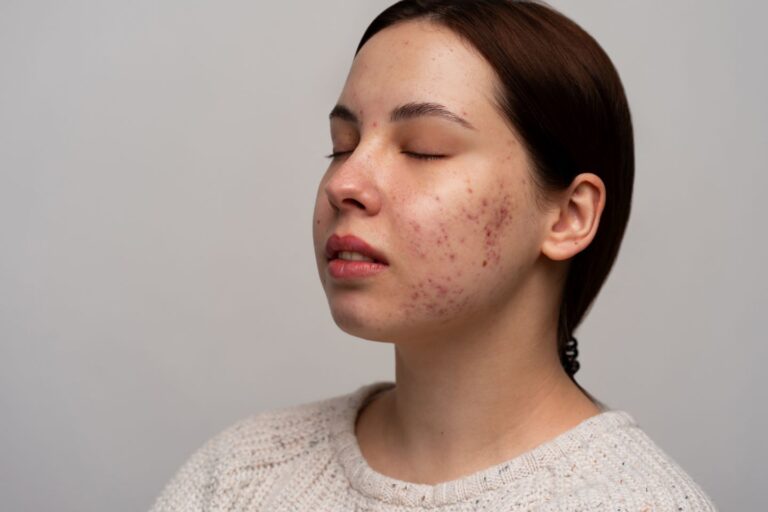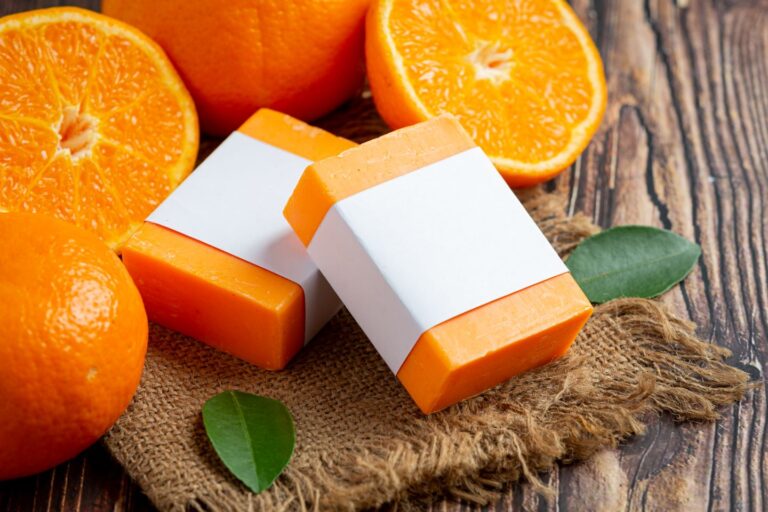Tretinoin Before and After Wrinkles, Aging, Acne, and Rough Skin
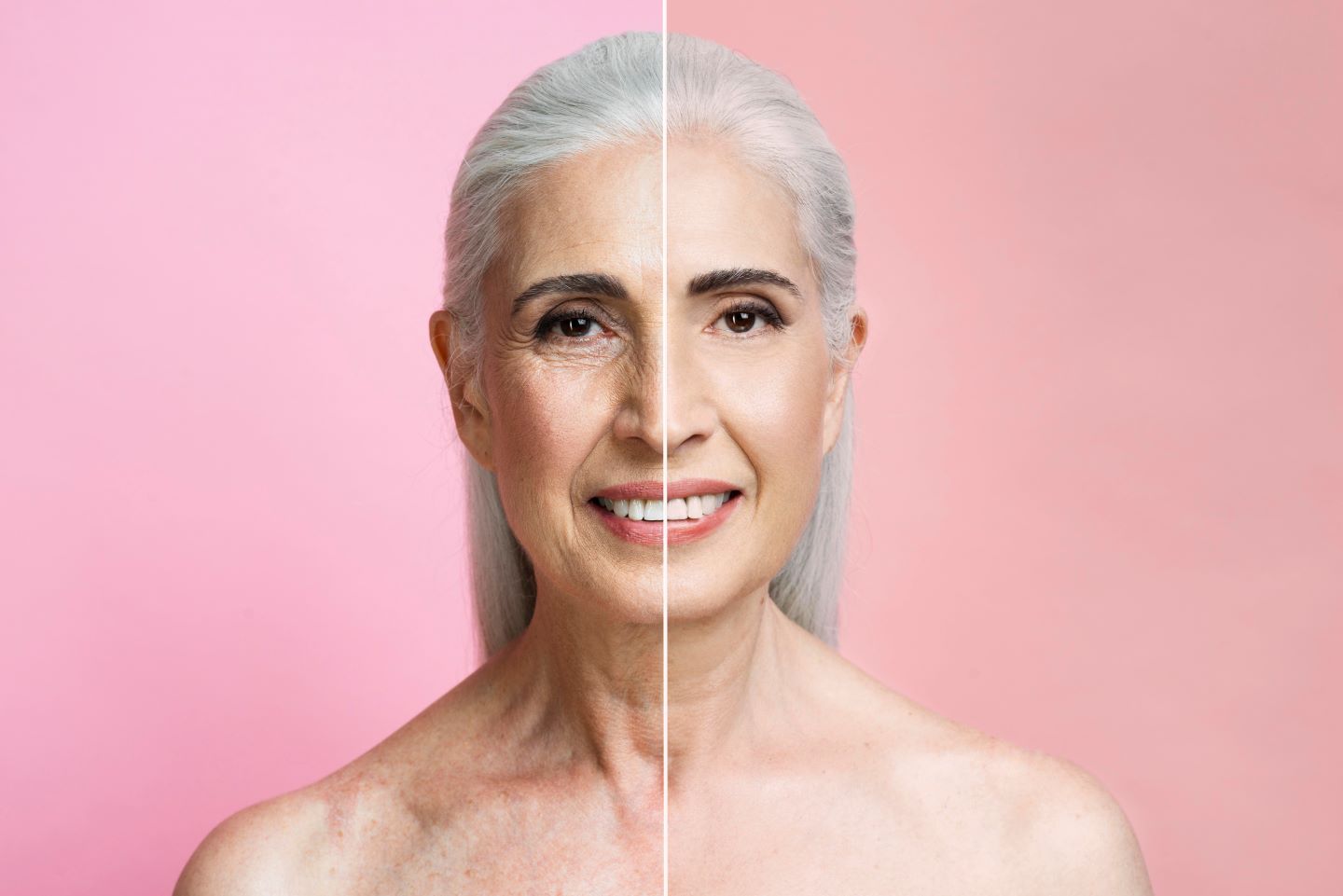
Tretinoin, a prescription-only skincare ingredient that is highly effective in treating aging skin, is available on the market. Tretinoin, also known as Retin A, is a form of retinol. This treatment is effective in preventing aging, as evidenced by the tretinoin before and after results of patients who have used it. It could be right for you!
What is Tretinoin?
You must first understand retinoids to understand tretinoin better. Retinoids are a group of chemical compounds that includes both natural and synthesized forms of Vitamin A, such as retinol (natural form), retinal (synthetic form), retinoic (natural) acid, etretinate (synthetic form), acitretin (natural version), and tazarotene.
Tretinoin has a higher concentration of retinoids than retinol and is, therefore, more effective at treating acne and preventing it. It is also essential to know that people with sensitive skin may not tolerate tretinoin. Tretinoin may also make your skin more prone to sunburn and dryness. The use of sunscreen and non-comedogenic moisturizing products with tretinoin is beneficial for maintaining healthy, glowing skin.
Tretinoin can be found in:
- Altreno
- Australian
- Ativa
- Rejuva
- Renova
- Retin-A
- Refissa
- Tretin-X
You can also find it in products such as:
- Tri-Luma
- Veltin
- Ziana
How is Tretinoin Used?
Tretinoin can be used to treat mild acne. It treats clogged skin pores, reduces oil production, and makes the cells less sticky. Tretinoin accelerates the skin cell life cycle, which allows the old, sticky cells to be replaced with healthy, new cells.
Tretinoin is not only an effective treatment for acne, but it also improves wrinkles, roughness, and pigmentation.
These benefits can be seen by using tretinoin regularly. It usually takes between 3 and 4 months for you to notice changes in these areas:
Wrinkles
Tretinoin has been dubbed the “gold standard” in fighting wrinkles and acne. Although wrinkles are usually associated with aging, they can start to appear as early as your 20s. They may become more noticeable in your 30s or 40s. Stress and the sun are two of many factors that can cause wrinkles. pollutants, smoking, etc.) This timeline can be accelerated. Tretinoin can help reduce wrinkles by increasing the skin cell turnover. This causes newer cells to replace old ones. It removes skin that’s been exposed to UV rays. This gives you a more youthful, fresher appearance.
In one study, tretinoin increased collagen by as much as 80% in the skin after 10 to 12 weeks of nightly application.
This Dear Brightly member treated fine lines and wrinkles, and skin appeared plump and smoother using Night Shift.
Combination: Skin type
Skin Concerns: Fine Lines
Duration of Night Shift: Six months

Acne Scars
Acne marks are scars left behind by acne. Tretinoin helps to reduce the appearance of acne scars. It helps to regenerate new cells by accelerating the cell growth. Treatmentinoin can also be used as a skin preparation for chemical peels that target scarring.
Your dermatologist may recommend an antibacterial treatment for acne inflammation, depending on the severity of your condition. Together with your dermatologist, develop the best acne treatment for you.
This member noticed a noticeable reduction in pimple size and number as early as three weeks. After four months, her skin has improved further in terms of unevenness.
Skin type: Combination
Skin concerns: Acne scars, uneven skin tones
Duration of Night Shift: Four months
Dark/Age Spots
Dark/Age Spots, also called “liver spots,” are brown, flat spots that are often caused by exposure to sunlight. These spots are usually larger than freckles and can appear on the back, feet, arms, legs, and hands. Broad-spectrum sunblocks can help block some UV rays and prevent these. Sometimes, Tretinoin can be prescribed to lighten liver spots and make them less noticeable.
Melasma
Melasma, a common skin disorder that can cause dark patches of discoloration to appear, is very common. Melasma is more common among women, particularly during pregnancy. It can also occur in people who take birth control pills. According to a study published in the British Journal of Dermatology, people who use 0.1% topical Tretinoin daily see improvements in their skin. This is probably due to a decrease in epidermal color.
Blackheads
Small, dark sebum plugs appear on the skin as blackheads. Blackheads are often a sign of mild acne but can also appear in people with clear skin. The dark sebum plugs form when pores become blocked with oil and dead skin cells. Blackheads can be treated and prevented with tretinoin.
Rough Skin
It can also be used to balance uneven skin tone caused by aging or sun damage. Tretinoin also stimulates new skin cell production by exfoliating old skin cells. This results in a healthier, smoother, and brighter complexion over time.
Check out this member’s journey to smoother, softer skin. The skin on the right is more dewy, and her tone looks more even, thanks to tretinoin.
Combination: Skin type
Skin Concerns: Fine lines, rough skin, acne
Duration of Night Shift: six months
PORES LARGE
When oil, dirt, and dead skin cells accumulate in the pores, they appear more prominent. Tretinoin reduces the appearance of pores by increasing cellular turnover and boosting skin exfoliation. This helps to clear debris from pores and allow them to return to standard size.
Night Shift reduced the appearance of pores and smoothed out skin for this member with enlarged pores.
Skin type: Combination
Skin Concerns: Large Pores, Uneven Skin Tone
Duration of Night Shift: Ten months
Uneven Skin Tone
Tretinoin evens skin pigmentation by dispersing melanin granules. Melanin, a pigment found in skin, hair, and eyes, is a naturally occurring pigment. Overproduction of this pigment can cause flat brown patches or spots on the skin, which are darker than usual.
Hyperpigmentation or uneven skin tone can be caused by sun damage, aging, hormonal changes, medication, or skin injuries (like acne scars or skin cuts).
This Dear Brightly user used Night Shift to even out her skin tone.
After three months, the skin looks brighter and even.
Combination: Skin type
Skin Concerns: Uneven Skin Tone, Large Pores
Duration of Night Shift: three months
How to Apply Tretinoin for Best Results
Consider the following tips to get the best results from tretinoin:
- Gradually: Start with a lower concentration, and apply tretinoin to your skin every other night. This will allow it to adjust.
- Cleansing Before Applying Tretinoin: You should wash your face first with a mild cleanser to avoid irritation.
- Use sunscreen: Because retinol can increase your skin’s sensitivity to sunlight, it is essential to wear sunscreen every day.
- Moisturize: Tretinoin may cause skin to flake or become dry. Keep your skin moisturized with a non-comedogenic cream.
- Be Patient: Visible improvement may take several weeks to months. Consistency is the key.
Benefits of Tretinoin Before and After Use
- Wrinkle reduction: Tretinoin stimulates collagen production, which leads to a visible reduction in wrinkles and fine lines. The skin appears smoother and younger.
- Acne Control Tretinoin unclogs pores, reduces inflammation, and regulates oil production. It is effective in treating acne and prevents future breakouts.
- Hyperpigmentation Improve: The use of tretinoin will help fade hyperpigmentation and dark spots caused by acne or sun damage.
- Refined Skin Texture: Regular use of tretinoin improves skin texture by promoting cellular turnover.
- Minimizing Large Pores: Tretinoin has exfoliating properties that can help reduce the appearance of large pores and give you a more even complexion.
Alternative Laser Options: Accure & AviClear
Accure Laser and Aviclear Laser are innovative alternatives to tretinoin. Topical retinoids, such as tretinoin (a topical retinoid), are commonly used to treat acne and aging skin. However, they can irritate and need to be used regularly. Accure Laser uses advanced laser technology for skin rejuvenation and to treat active acne. It is less painful and has no systemic effects. Aviclear Laser is a laser that focuses on improving skin texture and reducing pigmentation. Both lasers provide precise treatments that are customizable to the skin type and concern of each individual. By choosing Accure Laser and Aviclear Laser as their treatment option, patients will enjoy non-invasive, practical solutions that do not require continuous topical applications. The results are long-lasting, noticeable, and lasting.
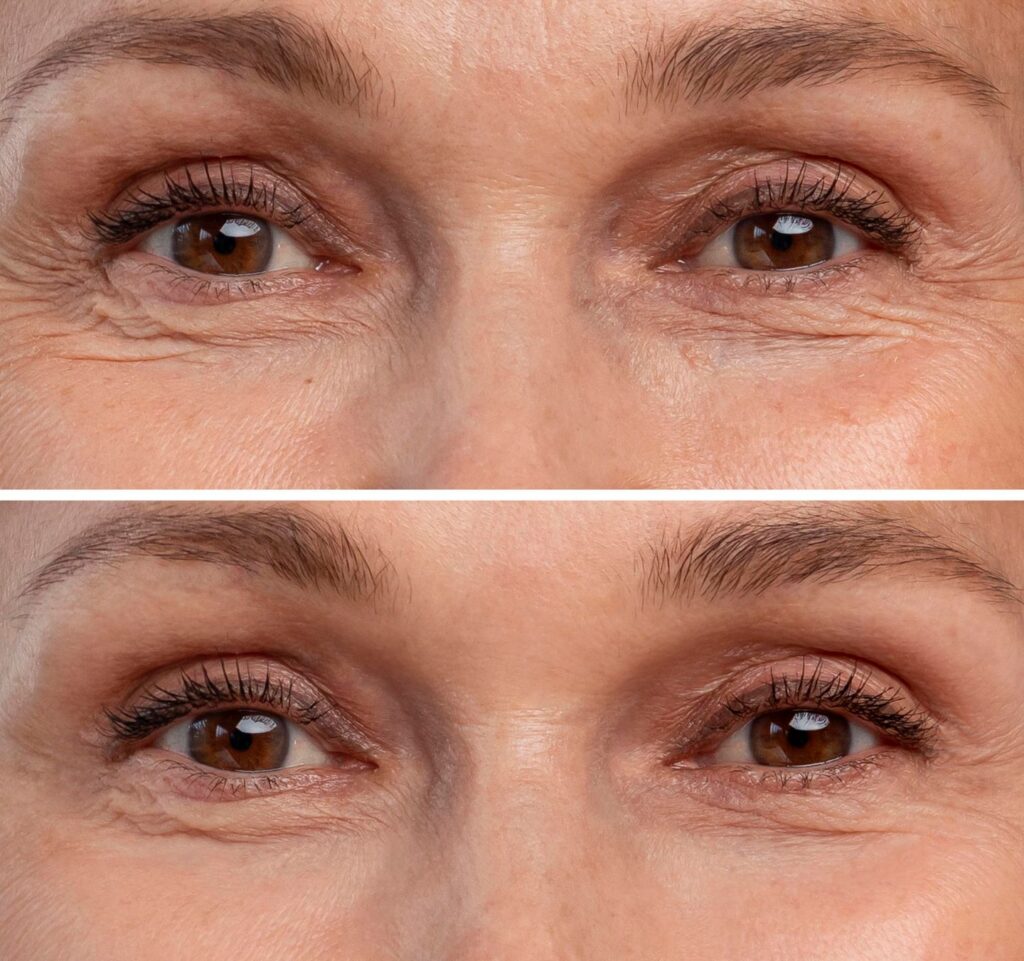
What are the expectations when I start using tretinoin?
Results can take time, and there may be side effects. On the other side, you’ll have smoother and healthier skin.
How long does it take for the results of tretinoin?
Most people see results after six weeks of using tretinoin nightly. You may see results in about ten weeks if you use the product every two to three days. Weekly use could take as long as three months. Tretinoin before and after results may vary depending on the skin type of each individual.
What are the side effects of using tretinoin?
You may experience temporary irritation of the skin, such as peeling, flaking, or sensitivity in the first two weeks. This is because your skin will be getting used to your serum. You may experience cleansing if you are prone to acne. This is when acne buildup appears faster because of increased cell turnover.
These side effects can be reduced with proper skin care.
How do we minimize the side effects of tretinoin?
You want to give your skin the chance to adapt to the tretinoin and provide the protection that it requires. To minimize side effects, follow these tips.
- Start slowly with a low concentration. It can take time for the skin to adjust to a new active ingredient. If tretinoin is new to you, begin with a low concentration every third night. As tolerated, you can increase to nightly and then gradually increase the concentration of tretinoin until it is ideal for your skin. The majority of people can increase their frequency after four to six weeks.
- A pea-sized quantity is enough to produce an effect. You’ll only irritate your skin if you use more than this.
- To protect your skin, use sunscreen and moisturizer.
- Your skin will become more sensitive after a while, even though you should use sunscreen daily. Use tretinoin in the evening to reduce sun sensitivity. Applying moisturizer morning and night can help to protect your skin barrier and combat dry skin. You can use more moisturizer if you need to during the day.
It’s highly personal. You may need to experiment with different formulations and frequencies before you find what works for your skin.
How fast does tretinoin start working?
It may take up to 6 weeks to see the full benefits of tretinoin. Retinol and retinoids should be used for prevention rather than reversal. The only thing that can be called an actual wrinkle-removal cream is a unicorn.
